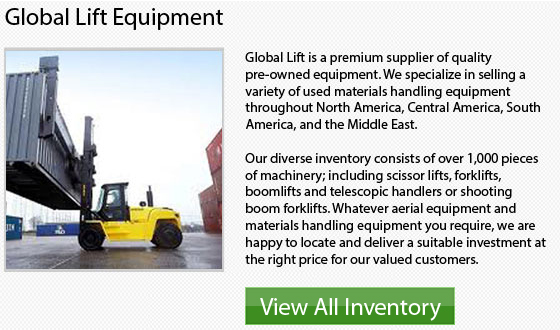
The forklift truck is a vital machine to help employees lift and move heavy weight supplies and products with speed and efficiency without straining their bodies. The way a business makes use of this machine can considerably affect its productivity.
Free stacking pallets is the most common storage technique. Utilizing this storage method is both economical and easy for your lift truck. Free Stacking Pallets is placing one pallet over another to make a stack of goods. This is a stable storage system and is suggested when handling many pallets of the same height and dimensions or large amounts of the same goods. The disadvantage of this method is that it only enables access to the items put last, so it does not enable a First In First Out system.
Pallet Racking is a technique which involves the stable storage of various sized pallets. Any pallet could be accessed at any time, which enables a Last In First Out or First In First Out method. It enables the rack to grow and change shape depending upon daily requirements. This specific method requires aisles that are sufficiently wide to allow a forklift to maneuver easily and to freely access the racks. The downside is that this specific technique means less pallets can be handled within the setting. This may not matter if there is enough space available.
Narrow aisle racking is like pallet racking in that it allows for a Last In First Out or First In First Out method. The difference in the method is how the special narrow lift truck is used. This means that smaller areas are necessary between the aisles of pallets than in the Pallet Racking technique. The benefit is that more product could be kept in the same area. The downside is that you would have to transition to a different type of truck if you already own a typical lift truck. The cost of obtaining special machinery might be a deterrent to adopting this technique of storage.
Utilizing your forklift to its fullest capability is essential because it pays to consider your storage costs and retrieval costs of pallets. After that you can determine whether there are more efficient ways to use your forklift to speed up the process or to increase the usable area of your units. Greater effectiveness means bigger productivity.